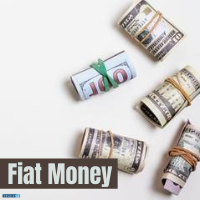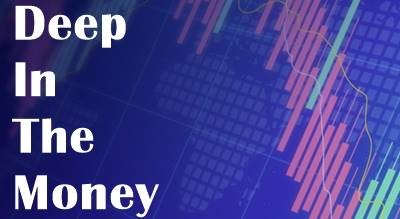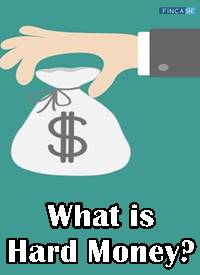
Table of Contents
Fiat Money
What is Fiat Money?
The word ‘fiat’ comes from the Latin language which is translated as ‘it shall be’ or ‘let it be done’. In the world of finance, fiat money is a currency issued by the government. It has no value of its own, but has its value derived from the government regulations in place. It is not backed up by commodities like gold or silver. The value of fiat money is derived from the relationship between supply and demand and the stability of the government that has issued it.

Modern paper currencies like the U.S. Dollar, the euro, the Indian currency, etc., are fiat currencies. Fiat money gives the respective countries’ central banks control over the nation’s Economy. They control how much money is printed.
How does Fiat Money Work?
Fiat money has value because the government maintains it, and also because the two parties in a transaction have agreed upon it. Previously, governments across the globe would mint coins out of physical commodities like gold or silver. Remember that fiat money cannot be converted.
Since fiat money is not linked to any physical commodities, it risks losing value, especially during hyperinflation. If the people of a particular nation lose faith in the currency, the money will become worthless. However, note that it is not the same with currencies that are backed with physical commodities like gold. Gold as a commodity holds great value.
Talk to our investment specialist
Advantages of Fiat Money
Stability is one of the most important features of fiat money. Commodity-based currencies were volatile because of recessions. Paper Money helps central governments hold the printing and supply as much is needed. This gives them right oversupply, interest rates and liquidity. For instance, during the Global Financial Crisis of 008, the U.S. federal reserve and demand enabled it to manage the crisis. This helped stop great loss to the U.S. Financial System and the global economy.
All efforts have been made to ensure the information provided here is accurate. However, no guarantees are made regarding correctness of data. Please verify with scheme information document before making any investment.












